How to Choose the Most Effective PPE for Maintenance Workers
Nick Warrick, Sales Manager, All Seasons Uniforms
Posted 2/13/2024
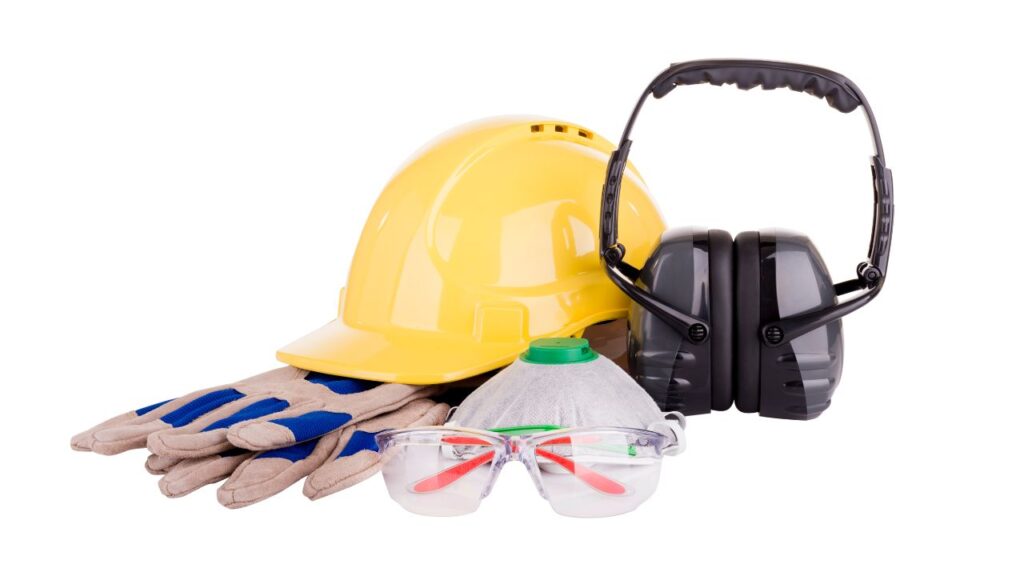
PPE for Maintenance Workers
Every year, tens of thousands of maintenance workers get injured on the job or develop work-related illnesses. While not all of these incidents can be avoided, many can be with the proper personal protective equipment (PPE for short).
If you’re part of the maintenance field — as a worker, manager, or any position in between — this guide can help you maximize safety on the job. Learn more about PPE in maintenance work, as well as how to choose the most effective equipment for maintenance workers, below.
Identifying Key Hazards in Maintenance Environments
Maintenance workers face numerous hazards, including these:
- Slips, trips, and falls: Slips, trips, and falls can result from wet floors, items not being put away in the correct location, improper footwear, or a lack of adequate signage.
- Strains and sprains: Strains and sprains can occur from lifting heavy objects incorrectly or without help from others.
- Repetitive motion: Many maintenance workers perform the same motions over and over again, which can increase their risk of experiencing joint pain, inflammation, and other repetitive motion injuries.
- Chemical inhalation/skin contact: It’s common for maintenance workers to deal with cleaning products and other harsh chemicals, which sometimes get breathed in or come in contact with their skin and cause topical reactions.
Types of PPE for Various Maintenance Tasks
PPE is crucial for ensuring workplace safety, especially for those in the maintenance industry. The following are some of the most common pieces of equipment that can shield maintenance workers on the job:
- Eye protection: Glasses or goggles shield the eyes from dirt, dust, debris, harsh cleaning products, etc.
- Foot protection: Sturdy, non-slip shoes help to prevent slips, trips, and falls — they can also protect the toes and feet in case something gets dropped on them.
- Hand protection: Gloves protect the skin from potential irritation caused by cleaning products and other harsh substances. They also provide a layer of protection between the hands and dirty, germ-covered surfaces.
- Full-body protection: Some maintenance workers choose to wear coveralls to protect their arms, legs, and the rest of their body from potential injuries, including those associated with exposure to chemicals.
- Respiratory protection: Masks and respirators protect the lungs and airways from dirt, dust, debris, and harmful chemicals.
- Hearing protection: Earplugs and earmuffs can protect the ears when using loud machinery and equipment.
Understanding the Importance of PPE in Maintenance Work
Failure to use PPE opens up maintenance workers and the businesses that employ them to numerous risks and problems, such as those listed below:
- Health risks and injuries: With so many health hazards associated with the maintenance worker role, it’s understandable that there’s a risk of injuries, illness, and even fatalities when employees don’t have and use the correct PPE.
- Fines: If an employee gets hurt or becomes ill because of an issue related to their role as a maintenance worker, they could file a complaint with the Occupational Safety and Health Administration. OSHA could then conduct an investigation, and if they find that you’re not following employee safety guidelines, including those associated with PPE, you could be fined.
- Legal implications: The company may also experience legal challenges as a result of an employee falling ill or getting injured on the job. They could face a lawsuit that results in additional expenses and reputational damage.
- Insurance premium changes: An employee getting sick or injured could result in a workers’ compensation claim or lawsuit. A claim or lawsuit, in turn, could lead you to file a claim on your insurance policy — and too many claims can cause insurance premiums to rise.
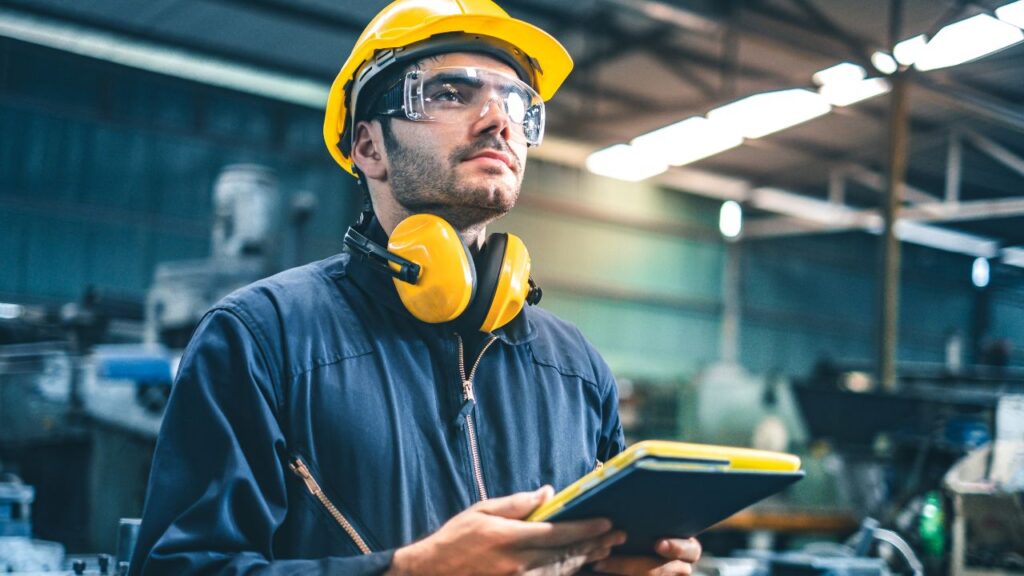
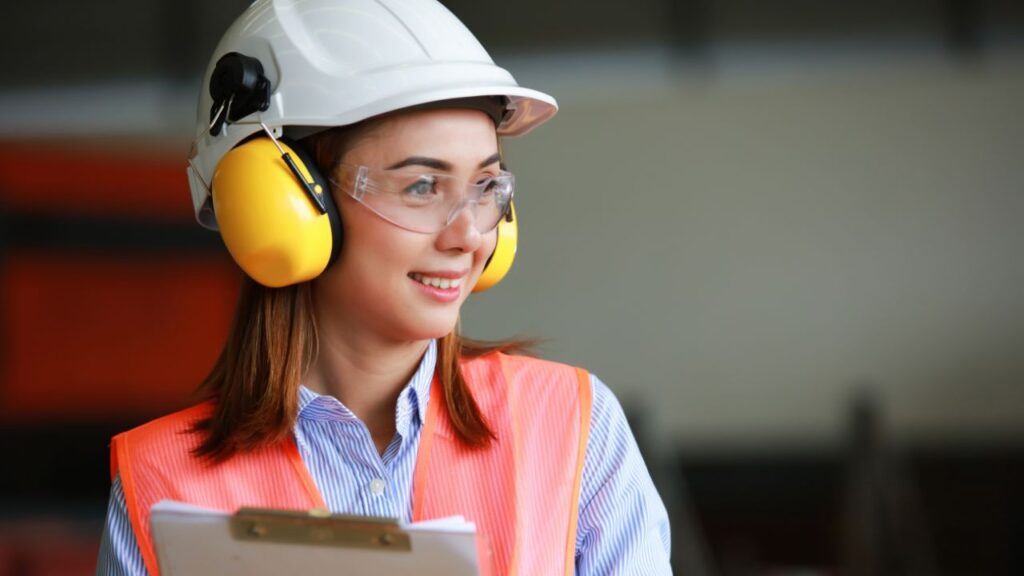
Factors in Selecting the Right PPE for Maintenance Workers
To avoid the hazards and risks associated with a lack of personal protective equipment, you must select the correct pieces for your maintenance staff. Here are some of the most important factors to keep in mind when choosing:
Ensure a Proper Fit
OSHA emphasizes the importance of fit and comfort when it comes to selecting PPE for employees. If it doesn’t fit correctly or can’t be worn comfortably throughout an entire shift, employees are more likely to abandon it or use it incorrectly, both of which can increase their risk of being injured or falling ill on the job.
Remember that your employees are of different heights and sizes and have different body types. When choosing equipment like gloves, shoes, coveralls, etc., it’s critical that you provide a variety of sizing options to ensure everyone gets a good fit.
Offer Employees Choices
When possible, give employees choices on the kinds of PPE they can wear. For example, let them choose what type of eye protection they use (goggles or glasses) or their preferred form of hearing protection (earplugs, earmuffs, etc.). Offering choices empowers employees and allows them to select the PPE that works best and is most comfortable for them — which, in turn, increases the likelihood that they’ll use the equipment consistently.
Establish a Budget
PPE can be expensive, but the upfront cost is worthwhile if it protects your company from future financial challenges (such as those associated with a lawsuit or increased insurance premiums). Get quotes from a few different providers so you can compare and find the best deal (without sacrificing the quality of the equipment provided to your workers).
Seek and Listen to Feedback
In addition to allowing employees to make choices regarding the PPE initially, it’s also important to seek feedback from them after you’ve introduced new equipment. Talk to them about the equipment they’re expected to wear and the company policies regarding PPE use, and apply their feedback when you can.
Conclusion: Prioritizing Worker Safety
Personal protective equipment is essential when it comes to keeping maintenance workers safe on the job and protecting their health and well-being. If you haven’t been enforcing PPE guidelines at your company, or if you think your workers could benefit from new and better equipment, use the guidelines shared above to select the correct pieces.

Nick Warrick
Nick Warrick is the Sales Manager at All Seasons Uniforms. With over 15 years of experience in the work uniform business, he has worked with over 100 clients across 20 different industries. Holding bachelor’s degrees in both Business Administration and Information Technology, Nick revamped the company’s online presence, offering its customers a new uniform shopping experience.
Related Articles
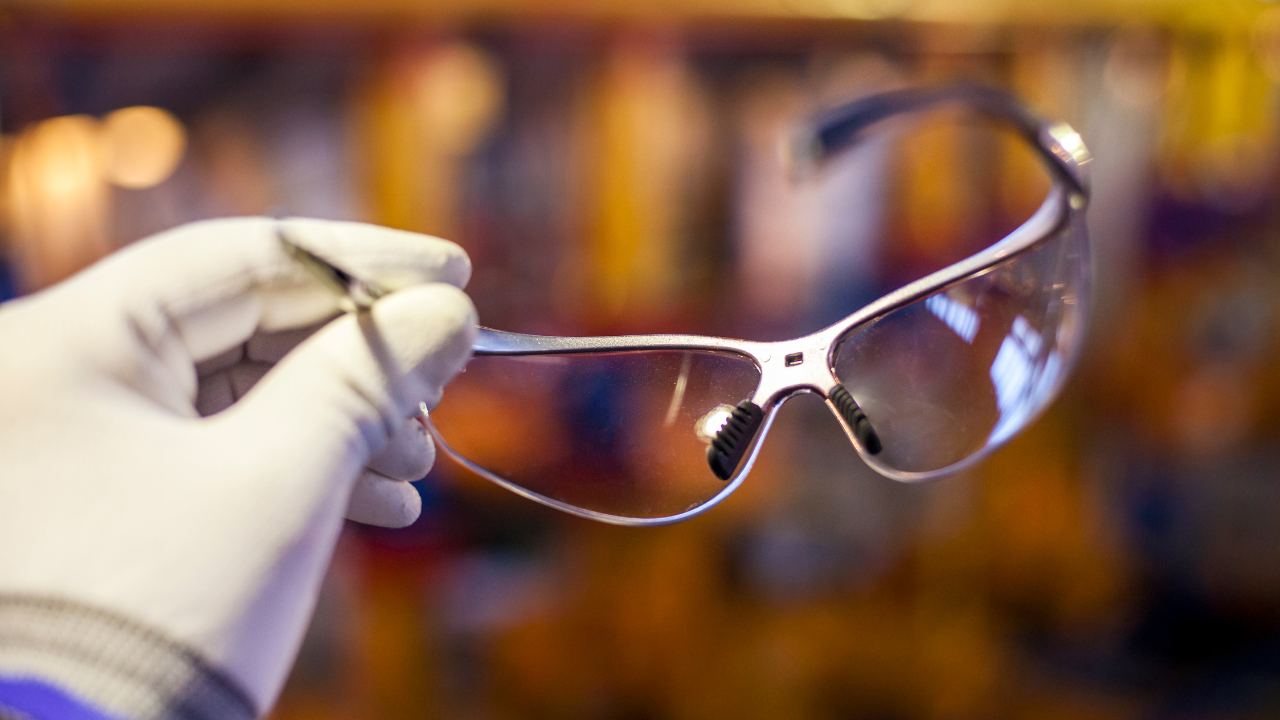
All About Eye Protection
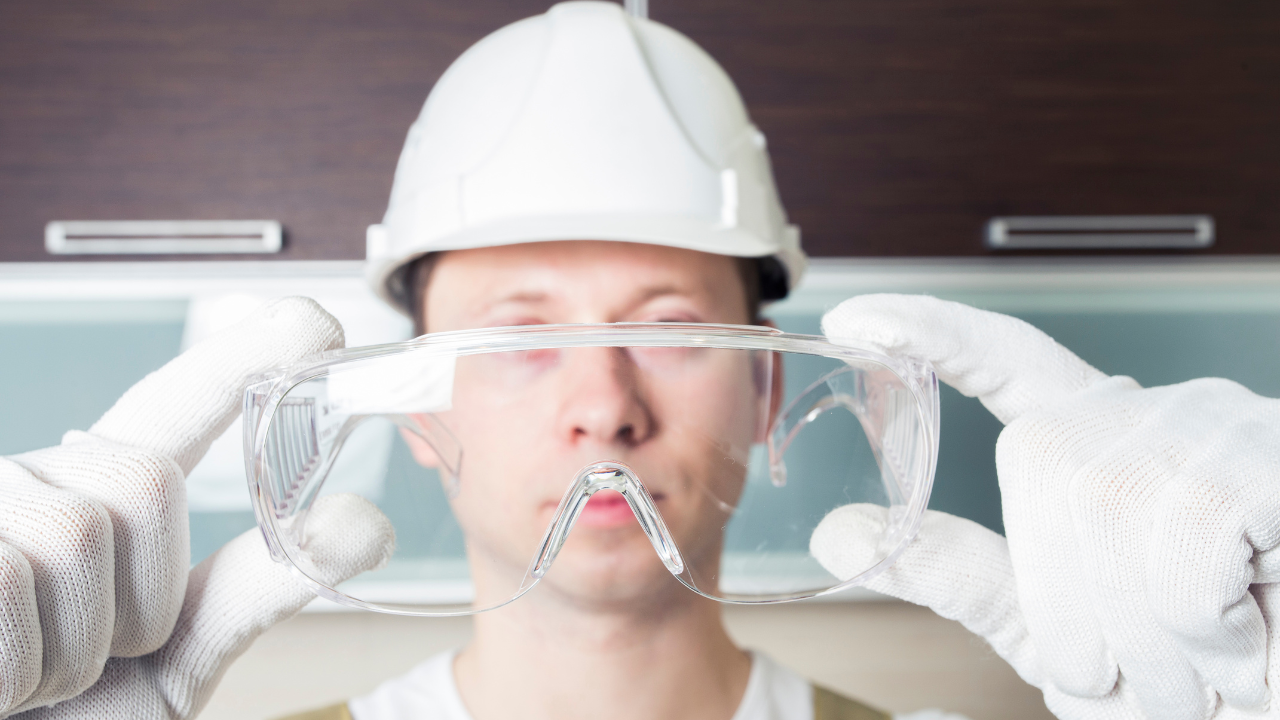
Eye Injuries are a Serious Threat to American Workers

Fluid Power Safety Alert
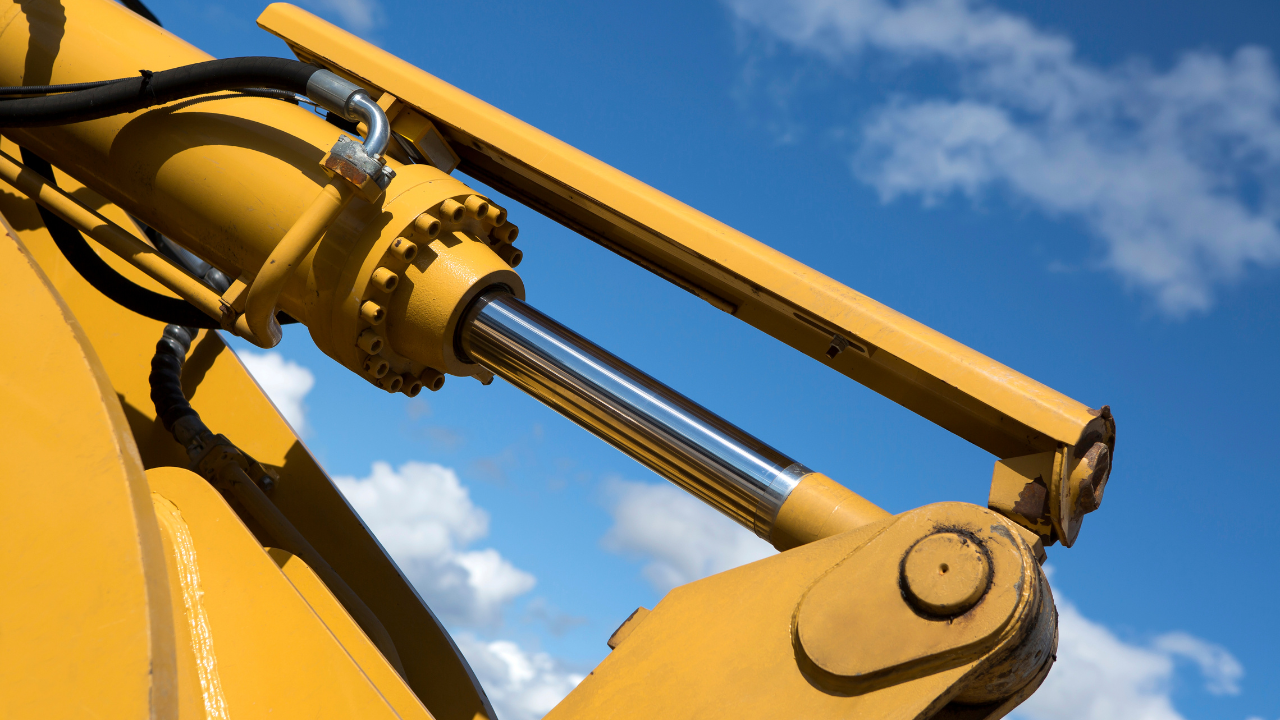
Hydraulic Systems Safety

Where Do Maintenance Professionals Come From?
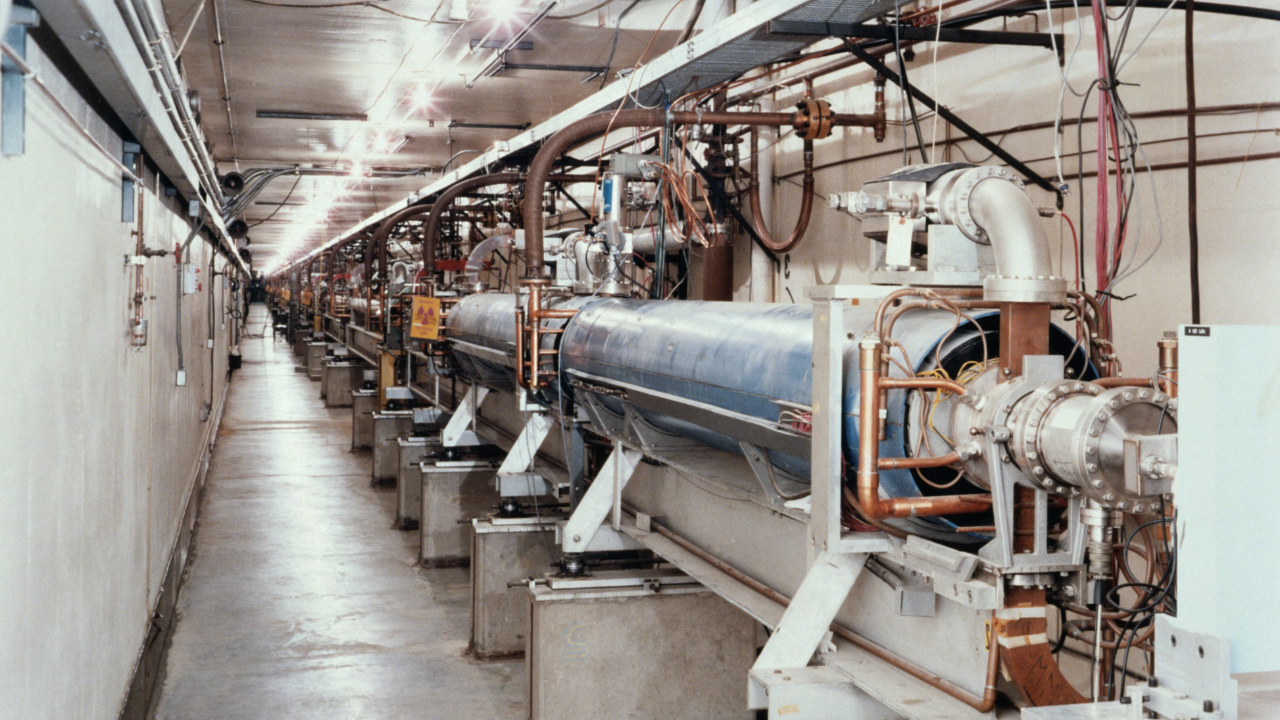
Machine Safety: Machinery Friend or Foe?
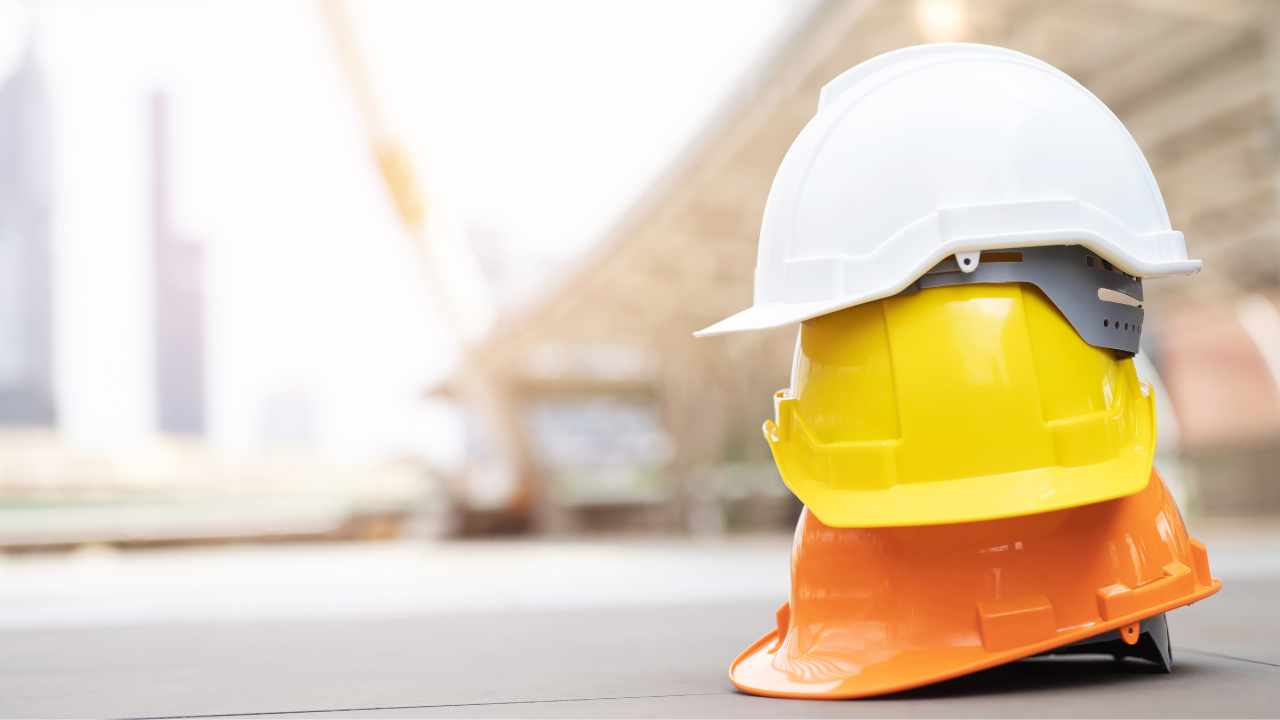
How Maintainers Can Work More Safely

Plant Safety - Avoid Pitfalls of New and Untrained Plant Employees
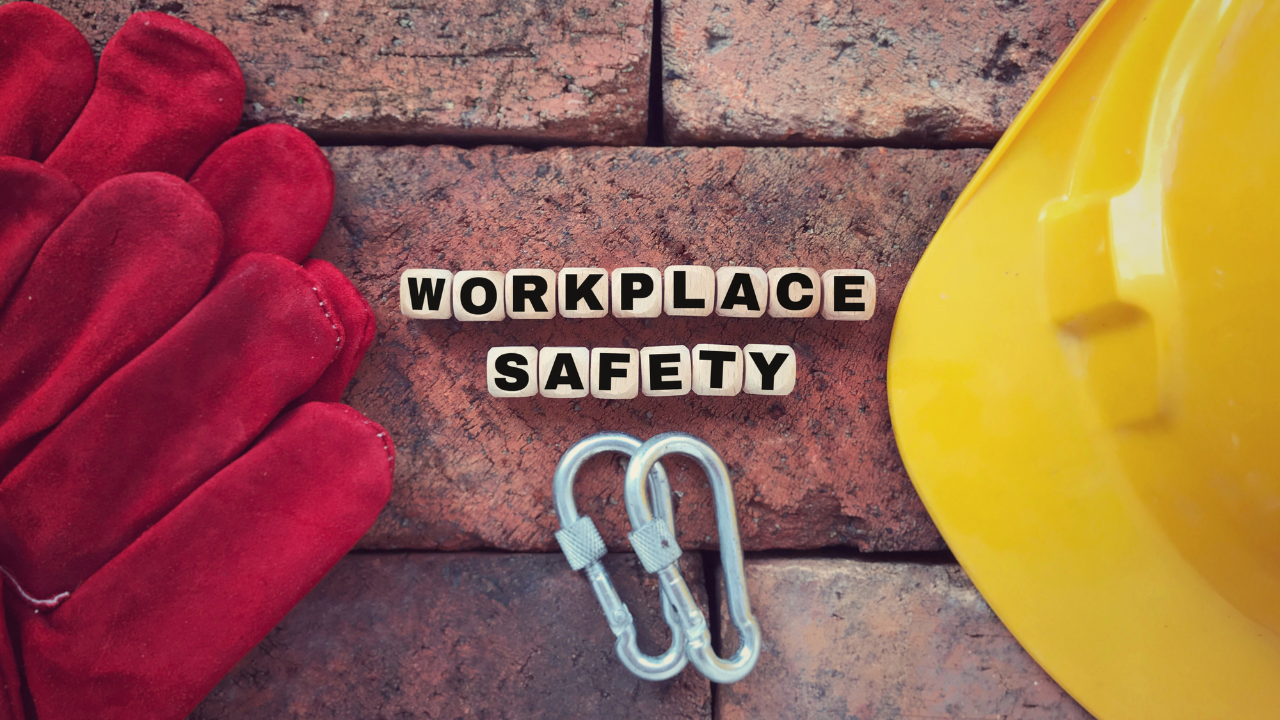
Prevent Injuries: Workplace Safety is Everyone’s Job
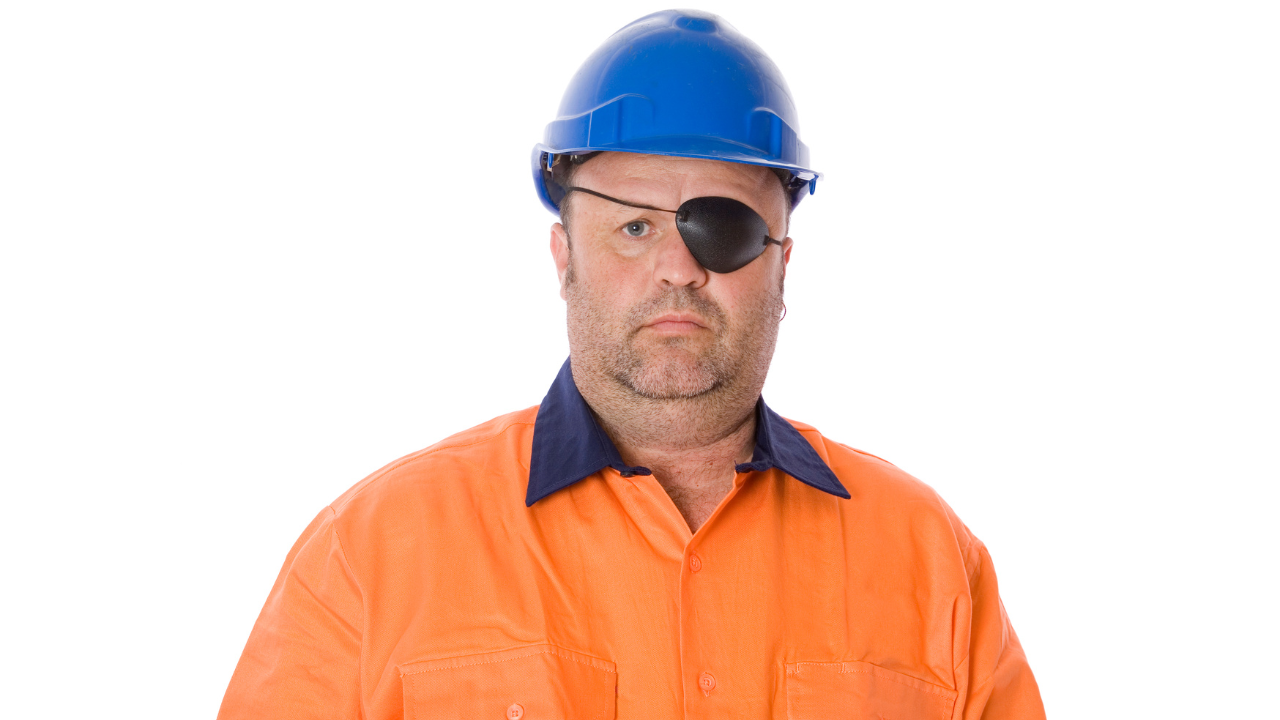
Preventing Workplace Eye Injuries
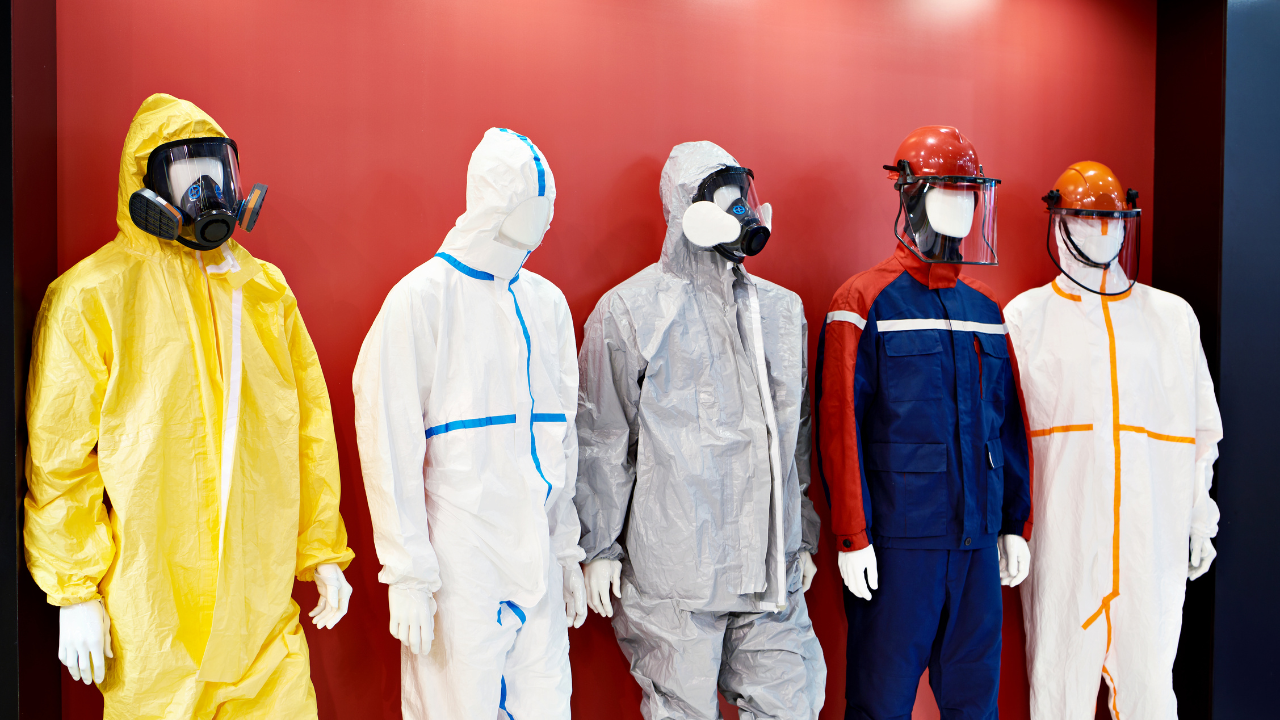
Protective Clothing: The Hazard of Selection

Improved Safety
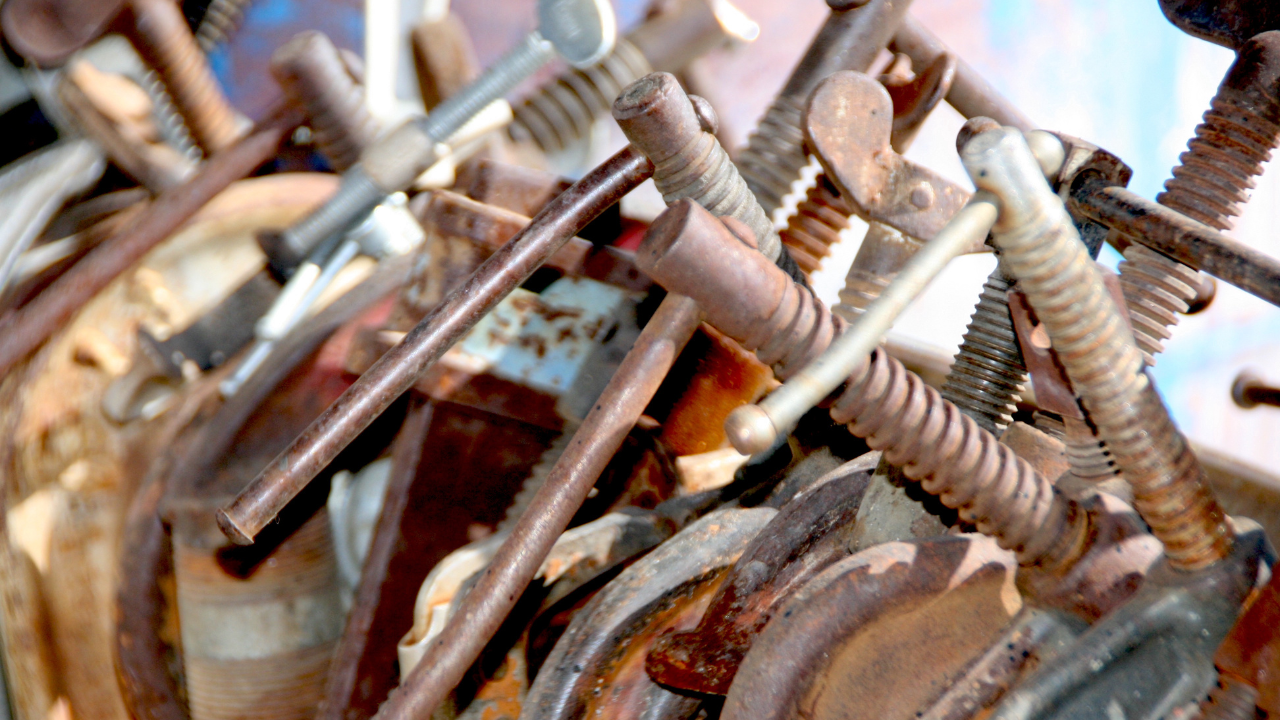
Safe Use of Clamps Through Proper Selection
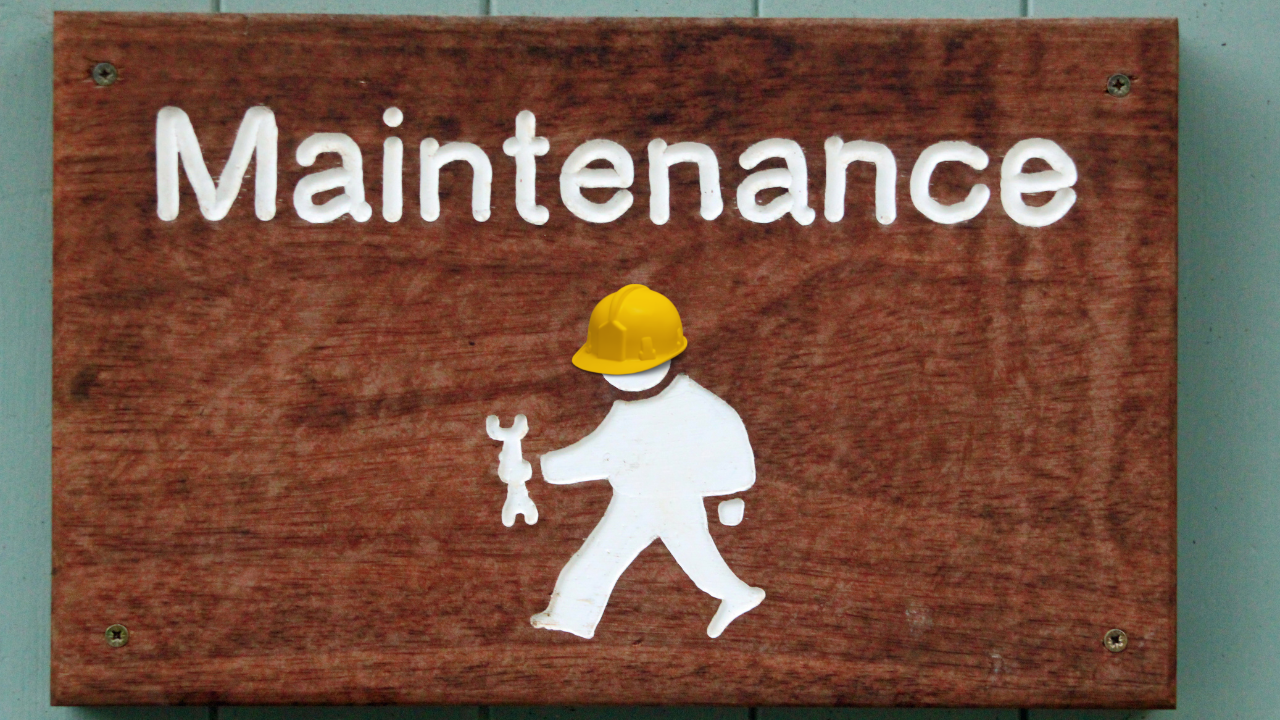
Safety and Reactive Maintenance

Safeguarding: Hoops, Health & Harmonization: Design Standards Do it All
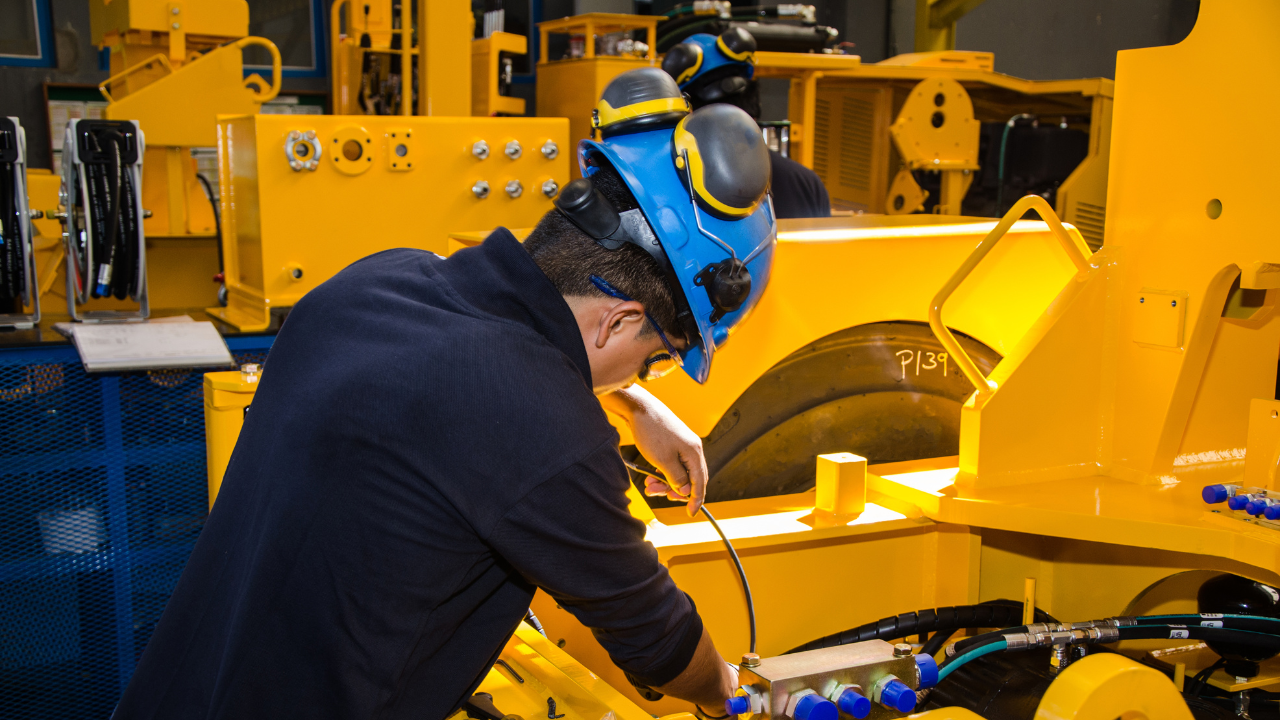
The New ISO 12100 – Safety of Machinery

The Safety Catalyst: Handling Stubborn Safety Problems
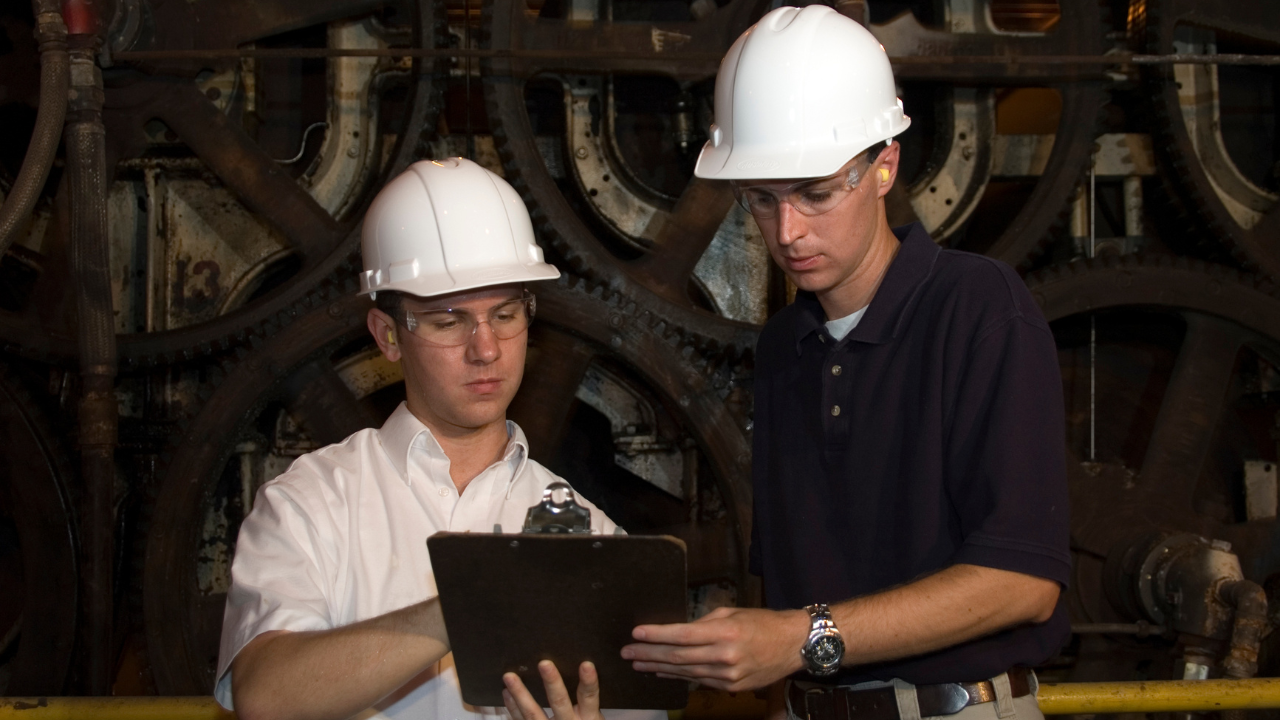
What to do When you Receive an OSHA Citation





